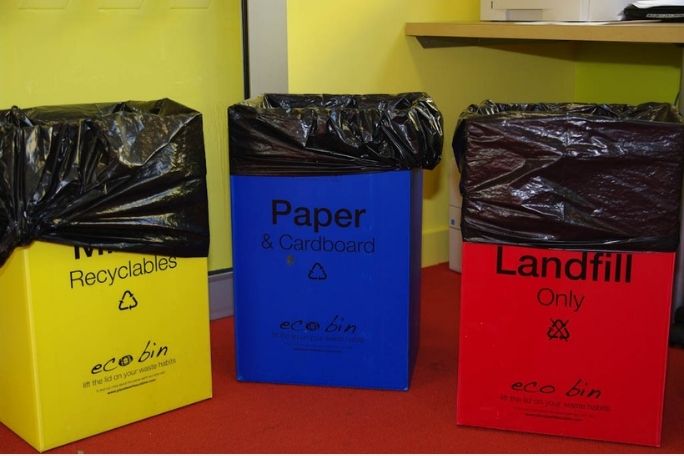Lesson summary
Through class discussion, students will be encouraged to think about some of the major issues associated with solid waste and waste disposal. This includes looking at the waste hierarchy. Students will then be asked to consider three different types of waste and how these relate to the waste hierarchy.
Learning intentions:
Students will...
- recognise that we all have a responsibility to reduce the amount of solid waste we produce
- understand the waste hierarchy and how it can be used to help us reduce the amount of waste we create
- understand that there are different ways to reduce the amount of waste that we produce.
Success criteria:
Students can...
- explain how the waste hierarchy can be used to manage waste
- conduct research to find answers to a series of question
- communicate messages around reducing waste.
Lesson guides and printables
View Supporting Resources
Curriculum links
Select your curriculum from the options below.
Lesson details
Curriculum mapping
Australian curriculum content descriptions:
Year 3 English
- Listen to and contribute to conversations and discussions to share information and ideas and negotiate in collaborative situations (ACELY1676)
Year 3 Science
- Science knowledge helps people to understand the effect of their actions (ACSHE051)
Year 4 English
- Interpret ideas and information in spoken texts and listen for key points in order to carry out tasks and use information to share and extend ideas and information (ACELY1687)
Year 4 Science
- Science knowledge helps people to understand the effect of their actions (ACSHE062)
Year 4 Geography
- The use and management of natural resources and waste, and the different views on how to do this sustainably (ACHASSK090)
Syllabus outcomes: GE2-3, ST2-11LW, EN2-1A, EN2-6B.
General capabilities: Critical and creative thinking.
Cross-curriculum priority: Sustainability OI.3, OI.8.
Duration of activity: 60 mins.
Level of teacher scaffolding: Medium – lead a discussion on waste and recycling.
Resources required
- Art materials
- Device with internet access
- Waste Hierarchy with Discussion Points
Skills
This lesson is designed to build students’ competencies in the following skills:
- Communication
- Critical thinking
Additional info
Following this lesson plan is an ideal way for your school to take part in Schools Clean Up Day or a Clean Up on any day of the year. You’ll be joining thousands of amazing teachers in making a difference and creating positive environmental change.





Welcome back!
Don't have an account yet?
Log in with:
Create your free Cool.org account.
Many of our resources are free, with an option to upgrade to Cool+ for premium content.
Already have an account?
Sign up with:
By signing up you accept Cool.org's Terms and Conditions(Opens in new tab) and Privacy Policy(Opens in new tab).